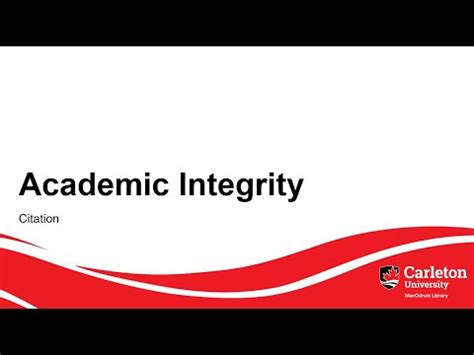The revelation that the University of Salamanca, one of the oldest universities globally, is embroiled in a citation cartel scandal is more than just an academic hiccup; it’s a wake-up call for the entire academic community. The recent disclosure demonstrated how Juan Manuel Corchado, the new head of the university, manipulated citation practices to artificially inflate his scholarly metrics. It’s a bitter reminder that the h-index, a widely used measure of academic success, can be gamed, leading to unethical behavior that’s unfortunately not unheard of in research spheres.
The term ‘citation cartel’ might sound like an over-the-top phrase meant for a spy novel, but it’s indeed a stark reality. In this context, it refers to a semi-formal system where researchers systematically cite each other’s work, irrespective of the relevance, to boost individual citation counts and h-indices. This system is not only unethical but also a slap in the face of genuine research efforts. Corchado’s actions—forcing his subordinates to cite his work excessively—reflect a deep-seated problem that merits severe scrutiny and immediate action.
While some argue that this practice is common, especially in lower-tier academic institutions, others vehemently disagree. In comments, academics with extensive experience in fields like artificial intelligence have noted that they have never encountered such unethical behavior in their careers. This disparity in experiences suggests either a lucky streak for some or a worrisome prevalence of such misconduct in less scrutinized areas. Regardless, it’s clear that the integrity of academic metrics like the h-index needs reevaluation to prevent abuse.
Artificial intelligence and advanced algorithms offer one potential solution to combat citation cartels. By using graph-based models and citation analysis, we can identify patterns suggestive of misconduct. Tools already exist that measure a researcher’s impact based on more nuanced factors than mere citation counts, and it might be time to integrate such tools at an institutional level. Moreover, AI can flag potential ethical violations, making it easier for human reviewers to dive deeper and take necessary actions.
Unfortunately, enforcing integrity in academic practices isn’t just a matter of technology. The culture within academia must evolve to value ethical behavior over metrics. Instances where researchers cite colleagues to boost each other’s profiles or manipulate citation metrics to gain funding need to be addressed head-on. The academic community must push for transparent and fair citation practices. This requires not just the adoption of new metrics but also a fundamental change in how academic success is defined and rewarded.
For those in the trenches of academic research, this scandal is a sobering reminder that the system needs an overhaul. Citation cartels and the undue emphasis on metrics like the h-index can lead to a toxic environment that undermines genuine scientific progress. University administrations, grant bodies, and the wider academic community need to come together to foster a culture of integrity and transparency. Only then can we hope to restore trust in academic research and ensure that scholarly achievements truly reflect the value of one’s contributions to their field.


Leave a Reply